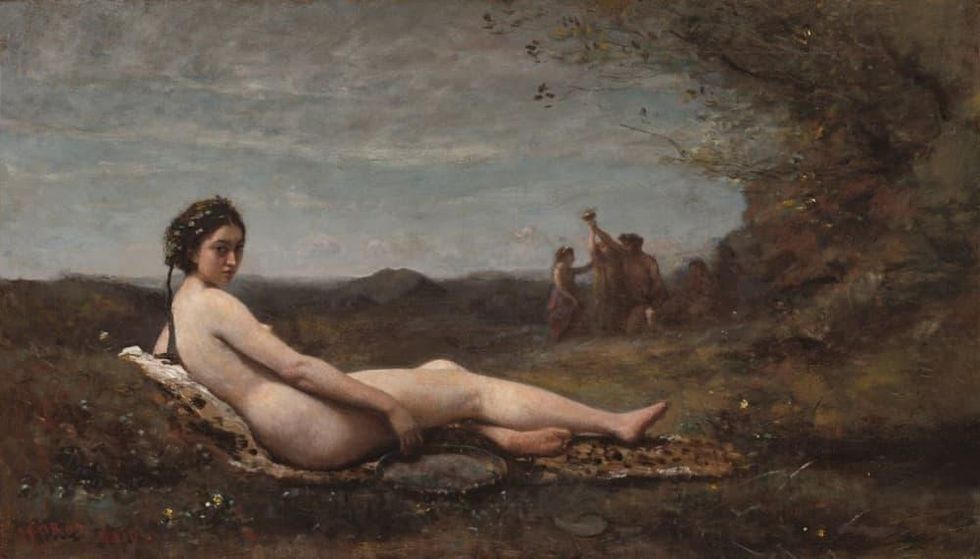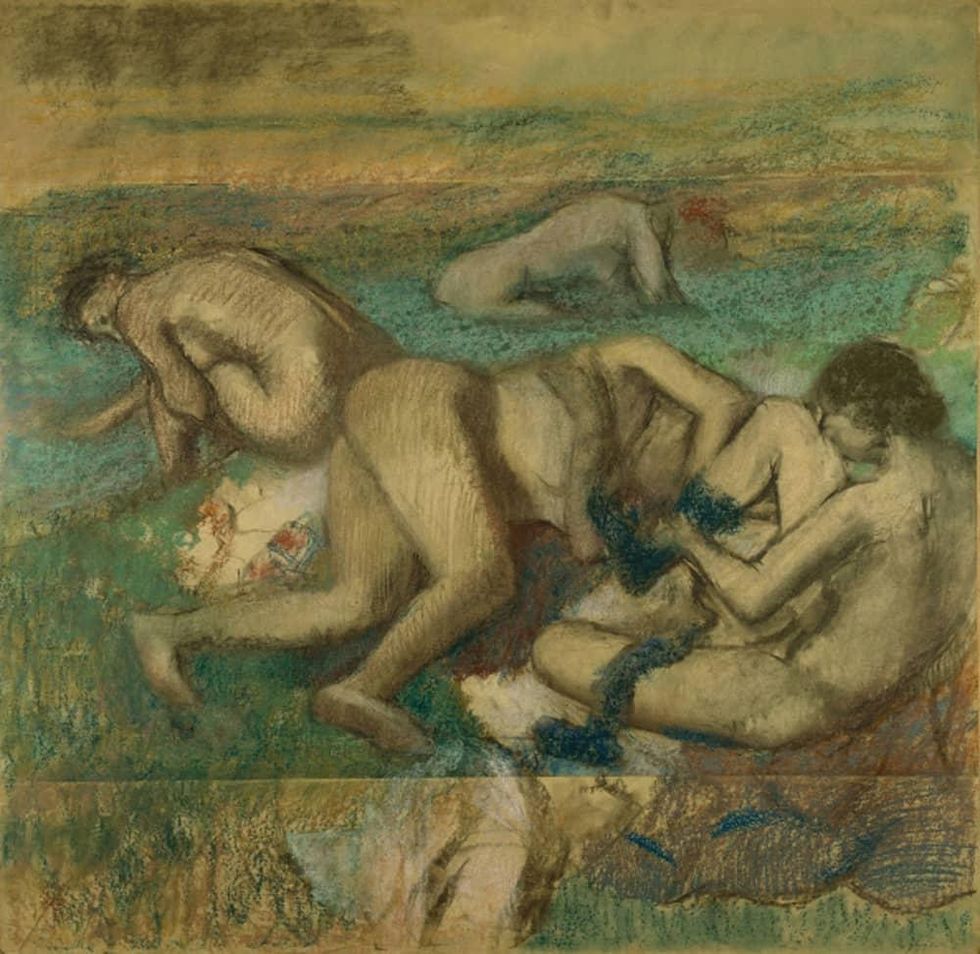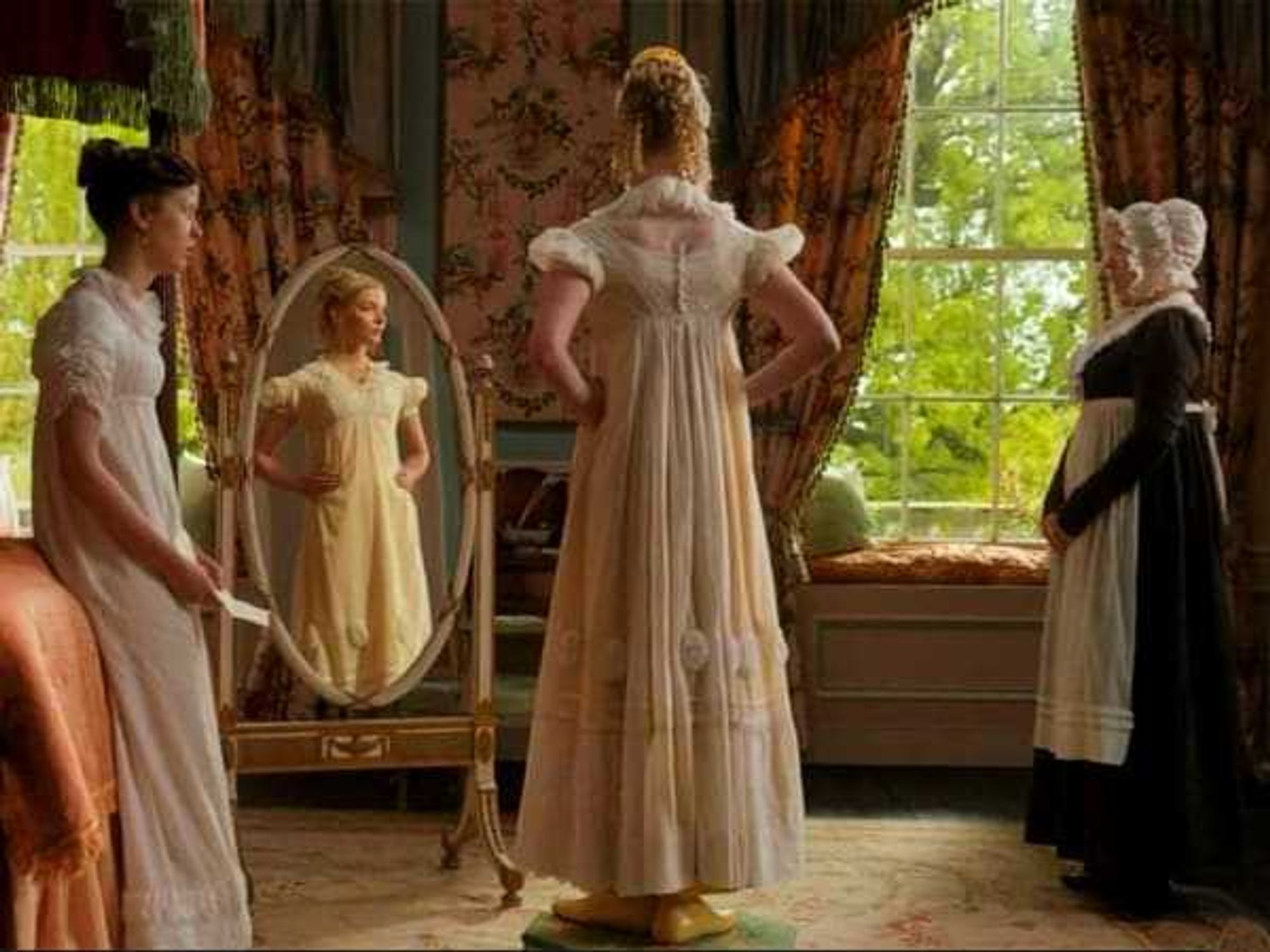Body of work
Fort Worth museum mounts 'daring' Renoir exhibition focused on human form
The Kimbell Art Museum will present what it calls a "daring" exhibition of Pierre-Auguste Renoir's works that focus on the human body next year. "Renoir: The Body, The Senses" will be on view at the Fort Worth museum October 27, 2019, through January 26, 2020.
The collection is organized and presented with the Clark Institute in Williamstown, Massachusetts, where it will be displayed first, beginning in June 2019.
In a joint release, the museums said the landmark exhibit will mark the centenary of the artist's death. Renoir, one of the world's foremost French painters, lived from February 25, 1841-December 3, 1919.
"This daring exhibition is the first major exploration of Renoir's unceasing interest in the human form," the museums say in the release, "and it reconsiders Renoir as a constantly evolving artist whose style moved from Realism into luminous Impressionism, culminating in the modern classicism of his last decades."
"Renoir: The Body, The Senses" includes about 60 paintings, drawings, pastels, and sculptures by the artist, as well as works by his predecessors, contemporaries, and followers. The museums have assembled an international roster of famous works on loan, including Boy with a Cat (1868, Musée d'Orsay); Study: Torso, Effect of Sun (c. 1876, Musée d'Orsay); Seated Bather (c. 1883-84, Fogg Museum, Harvard Art Museums); and The Bathers (1918-19, Musée d'Orsay).
Also included are paintings by artists that will draw comparisons to Renoir's works, including The Three Graces (Peter Paul Rubens, c. 1636, Dulwich Picture Gallery); Andromeda (Eugène Delacroix, 1852, Museum of Fine Arts, Houston); and The Repose (Camille Corot, 1860, reworked c. 1865/70, National Gallery of Art).
"Our exhibition will survey Renoir's long career through the lens of the single subject that defines his legacy," says Clark Institute curator Esther Bell in the release. "It's the subject that most compellingly demonstrates how truly radical — and so often brilliant — he was."
Throughout his career, Renoir turned to the human figure for artistic inspiration. "The body — particularly the nude — was the defining subject of Renoir's artistic practice from his early days as a student copying the old masters in the Louvre to the early 20th century, when his revolutionary style of painting inspired the masters of modernism," the museums say.
Renoir's treatment of the human body is highly debated among art scholars. The artist's critical reception will be addressed in both the exhibition itself and in its catalog.
"One hundred years after his death, Renoir still courts controversy," says Kimbell deputy director George T. M. Shackelford in the release. "We expect today's audiences will be both inspired and challenged by the magnificent images of the nude that we're bringing together, and we're looking forward to a lively discussion."
During his lifetime, Renoir was idolized by artists, but also brutally condemned by them.
"In 1876, critic Albert Wolff wrote in Le Figaro, 'Would someone kindly explain to M. Renoir that a woman's torso is not a mass of decomposing flesh with the green and purplish blotches that indicate a state of complete putrefaction in a corpse' — referring to Study: Torso, Effect of Sun, now regarded as one of the high points of Impressionism," the museums say. "Today, Renoir remains a polarizing figure worthy of scholarly investigation, unabashed contemplation, and reconsideration by contemporary audiences."
Next year is turning out to be a blockbuster for the Kimbell. It also will present a groundbreaking Monet exhibition that includes more than 20 of his beloved water lily paintings. "Monet: The Late Years" goes on view June 16 through September 25, 2019.
While admission to the Kimbell's permanent collection is free, tickets to the special exhibition will be $18 for adults, $16 for seniors and students, and $14 for children 12 and under. For more information, visit the Kimbell's website.



